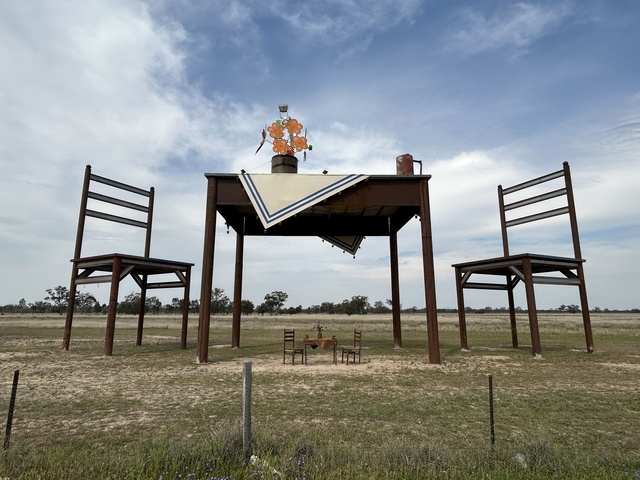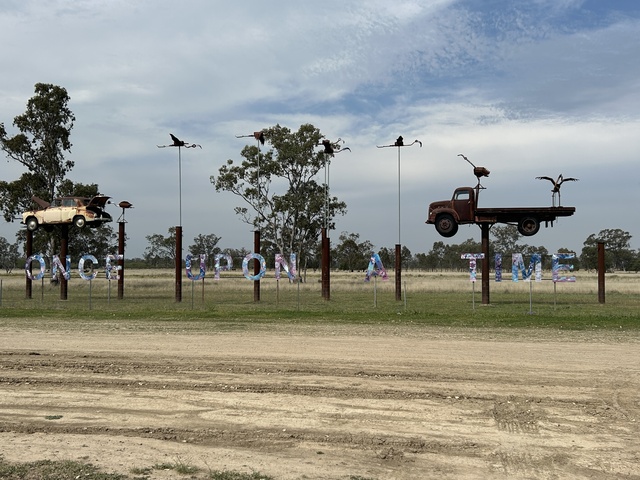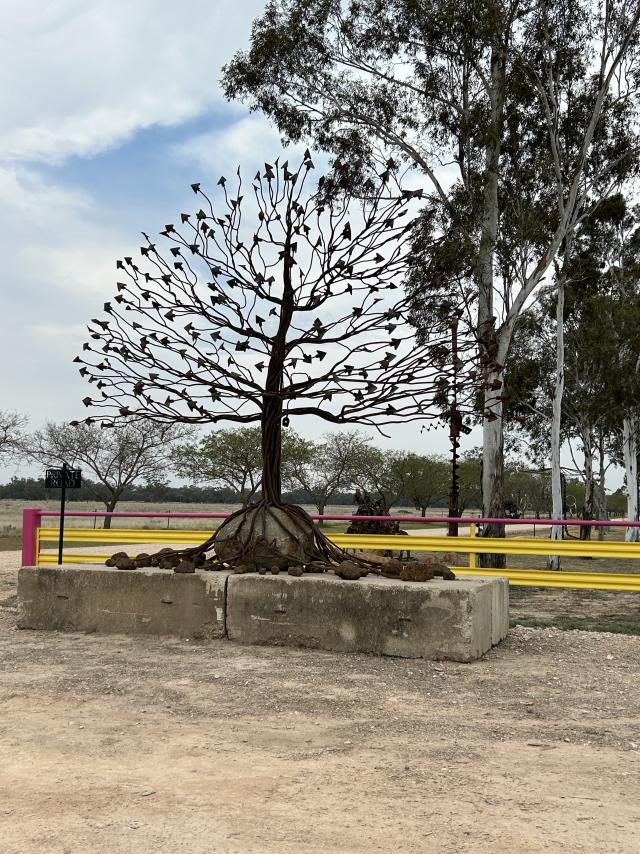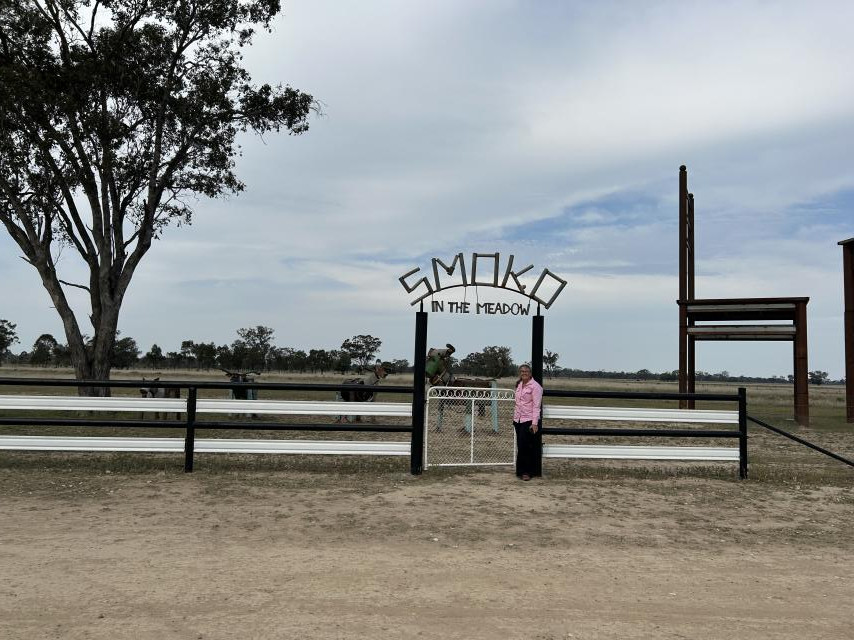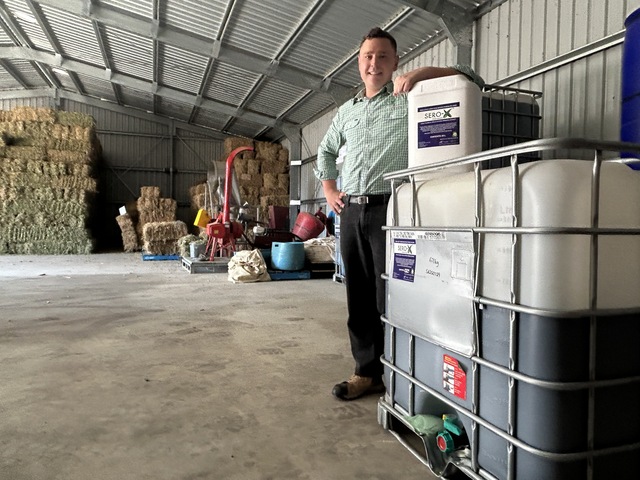Agriculture in Goondiwindi is the region’s dominant industry, combining dryland and irrigated farming with extensive cattle grazing.
The area is widely recognised for producing some of Australia’s finest cotton and wheat, along with other major grains such as sorghum, barley, and canola.
Wool and beef production also play vital roles in the local economy.
Blessed with fertile black soils and supported by a reliable water-sharing network, Goondiwindi stands as one of Australia’s premier agricultural districts, a place where tradition, innovation, and sustainability go hand in hand.
Key Agricultural Activities and Products
Cotton:
Cotton is a major crop in the district, particularly during years of good water availability. Many local families have been involved in cotton farming since the early days of the industry, developing strong expertise and contributing significantly to regional production.
Grains:
Winter cereals such as wheat and barley, and summer crops like sorghum, form the backbone of Goondiwindi’s broadacre farming.
The 2024/25 harvest season alone saw more than 136,000 metric tonnes of grain stored locally a testament to the area’s productivity and efficient supply chain.
Beef and Wool:
The surrounding grazing lands support thriving cattle herds and wool-growing enterprises, producing high-quality beef and fine wool for both domestic and export markets.
Specialty Crops:
Diversification is also evident, with farmers growing other profitable crops such as canola and chickpeas, reflecting the adaptability of Goondiwindi’s farming systems.
Agricultural Resources and Infrastructure
Soils:
Goondiwindi’s agricultural strength begins with its deep, fertile, black self-mulching and cracking-clay loams soils ideally suited for a wide range of crops and pastures.
Irrigation:
A mature irrigation network, including both supplemented and un-supplemented entitlements and on-farm storages, underpins the region’s cropping success.
This infrastructure enables producers to make the most of every drop when water allocations allow.
Water Infrastructure:
Key facilities such as Coolmunda Dam play an essential role in delivering irrigation water to the district, ensuring the region remains productive even through challenging climate conditions.
Economic Importance and Innovation
Employment and Economy:
Agriculture, forestry, and fishing are the largest employment sectors in the Goondiwindi region, supporting more than 1,300 jobs.
This deep-rooted industry remains the economic backbone of the community.
Export and Connectivity:
Recent investments in infrastructure including Wellcamp Airport and the Toowoomba Bypass have expanded export opportunities, allowing Goondiwindi producers to reach national and international markets more efficiently.
Ag-Tech and Sustainability:
Goondiwindi is increasingly becoming a hub for agricultural innovation.
Farmers are embracing ag-tech solutions, data-driven decision-making, and regenerative practices aimed at improving soil health, water efficiency, and long-term sustainability.
What to See
Gunsynd Statue:
No visit to Goondiwindi is complete without seeing the statue of Gunsynd, the famous “Goondiwindi Grey.” This legendary racehorse remains a proud symbol of the town’s history and sporting spirit.
The Agricultural Landscape:
The region’s sweeping fields of cotton, wheat, and sorghum form a breathtaking backdrop a living gallery of Goondiwindi’s agricultural success story.
Angus Wilson and the Art of Goondiwindi
Coat of Arms – Australia (2014):
Built in 2014, the Coat of Arms is a monumental sculpture marking the entrance to Goondiwindi from the Cunningham Highway.
Created by local artist Angus Wilson, the piece reflects his love for reusing old materials and transforming them into striking works of art. Several of Wilson’s distinctive sculptures can be found throughout the region, celebrating both creativity and community spirit.
Once Upon a Time (2019):
Located beside the Coat of Arms, Once Upon a Time is a collaborative artwork from 2019 that reimagines discarded objects into a whimsical installation. Surrounding the sculpture are Australia’s infamous white ibises, while the words “Once Upon a Time” painted by local school students add a touch of storytelling and local pride.
The Concrete Heads:
Five towering concrete heads, named Matthew, Mark, Luke, John, and Lot’s Wife, line the fence nearby.
Weighing an impressive twenty tonnes, they are dramatically illuminated at night, offering an unforgettable sight for visitors.
Smoko in the Meadow:
Angus Wilson’s latest work, Smoko in the Meadow, features a larger-than-life kitchen table with flowers in a vase and a coffee mug with a life-sized version tucked beneath.
The piece captures the warmth of rural life, honouring the everyday moments that connect community, creativity, and country living.

